Road Trip with Nobel Prize winner José Saramago
Discover the most remarkable places in the life and work of the Portuguese winner of the Nobel Prize for Literature.
Looking for a pretext to get off the beaten track and start discovering a different Portugal? Then accept the challenge of All About Portugal: embark on a road trip with a book in your hand, alongside José Saramago. Nobel Prize for Literature, brilliant writer and eternal traveller, Saramago has revealed to us a secret country. Get to know some of those places that marked his life and work. Follow the steps of your favourite characters and add your own semicolons along the way. "Every traveller is free to invent his own geographies". Are you ready?
Lavre

We begin the adventure in the village of Lavre, in Montemor-o-Novo, where Saramago wrote "Levantado do Chão", published six years after Portugal put an end to the dictatorship. A portrait of the struggle of the Alentejo people for the right to land, freedom, social justice and bread. Follow in the footsteps of the writer and visit Casa do Lavre, a former manor house that is said to have inspired the writer. In the surroundings, visit the incredible Escoural Grottos and, of course, Montemor.
Lisboa
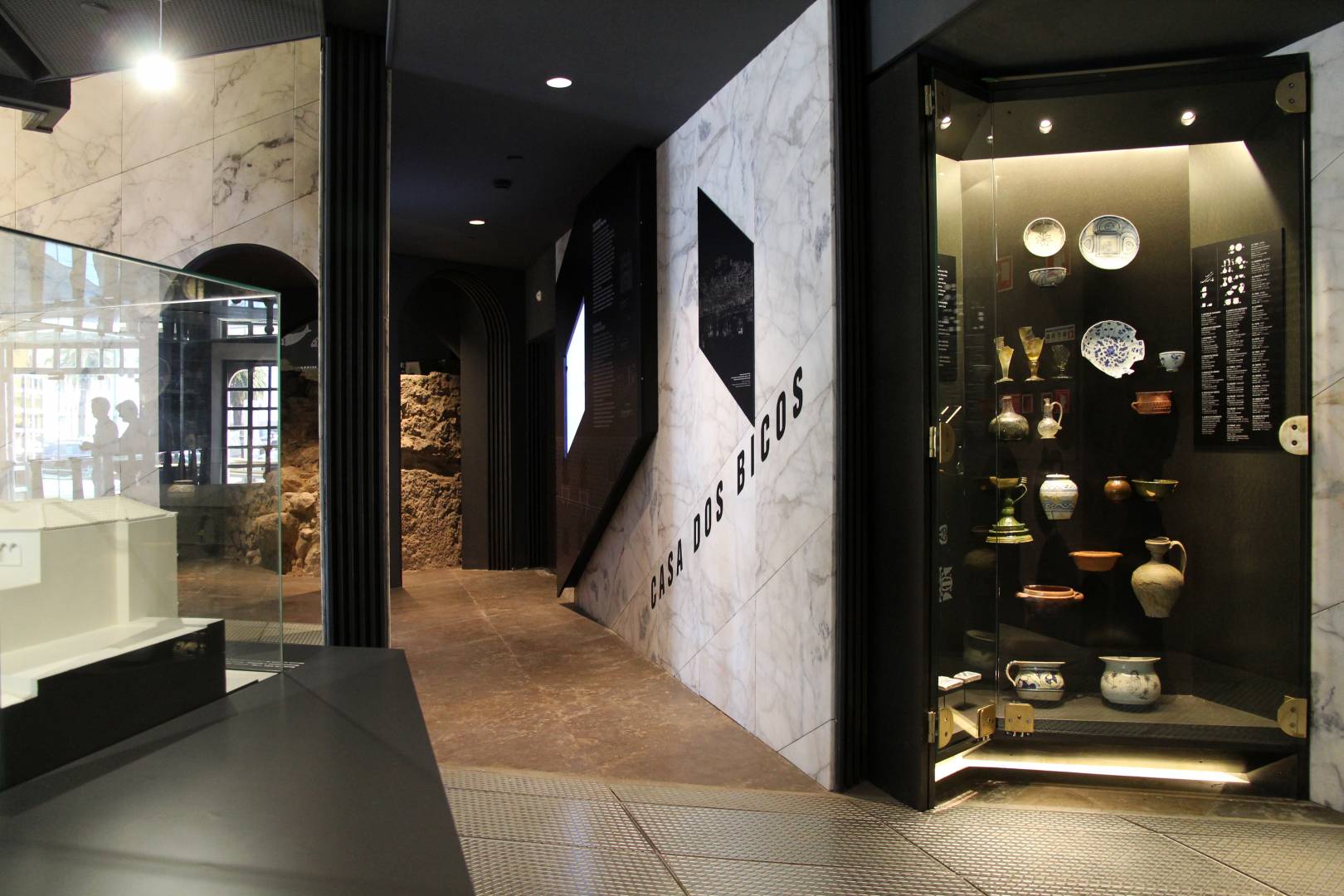
Next stop is the capital, where the author lived most of his life and scenery for many of his stories. Casa dos Bicos, museum and headquarters of the José Saramago Foundation, is a must-visit - there lie its ashes, next to an olive tree. Take the paths of Lisbon described in "The Year of the Death of Ricardo Reis", from Baixa to Alto de Santa Catarina, go to Belém, where "The Elephant's Journey" began, and pass through Terreiro do Paço and Rossio, where Blimunda and Baltasar met.
Mafra

"There was once a king who made a promise to raise a convent in Mafra. There was once the people who built that convent." One of the most acclaimed Portuguese-language novels, "Baltasar and Blimunda" is much more than a love story between these two characters. It portrays the epic of the construction of the Palace, a megalomaniac work of King João V, now converted into a museum. Get caught up in the action of the book, through the hundreds of rooms and corridors. Renew energies in the Tapada de Mafra, once playground of the royalty.
Azinhaga
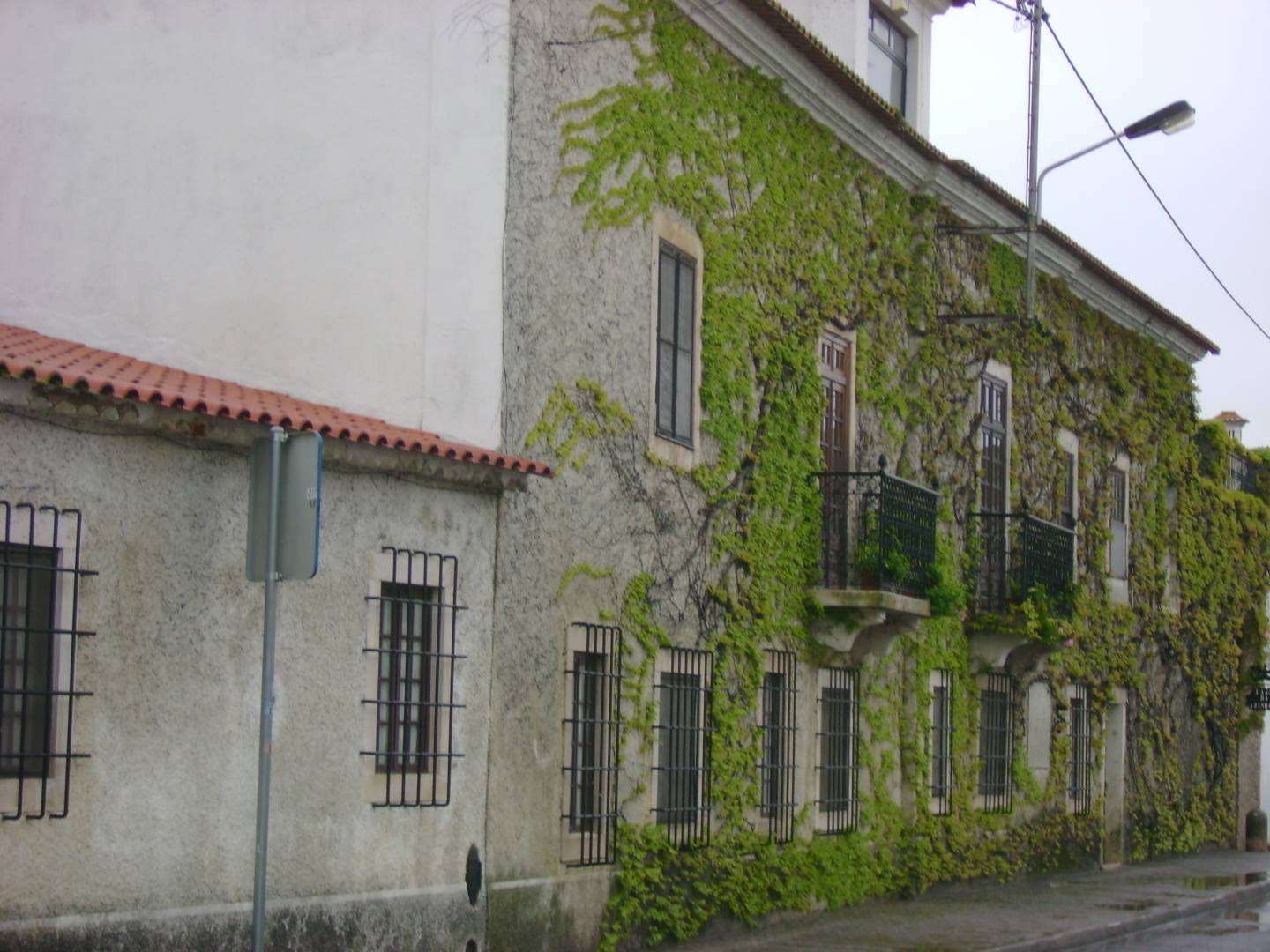
The path now leads us to where it all began. In the village of Azinhaga, in Ribatejo, José Saramago is everywhere. Scattered throughout the village, in white-tiled panels, some Nobel phrases are proof of pride in such a distinguished son of the land. There is located the house where he was born and a delegation of the Foundation, with a library and a museum. Before leaving, have a break by the statue of the writer, sitting on a garden bench with a book in his hand. It is the most photographed place in the village.
Constância
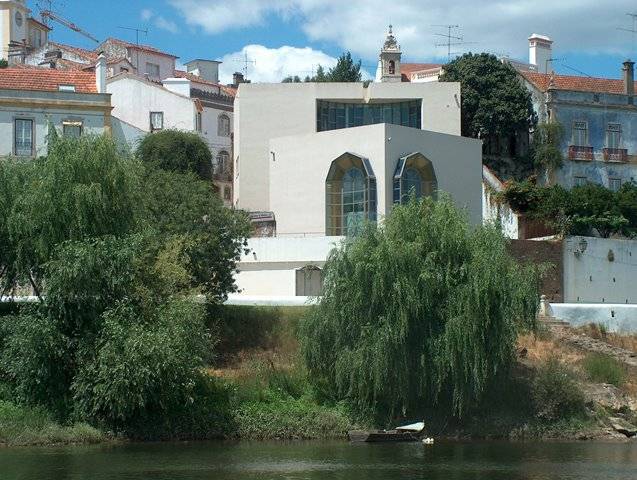
It is a prominent location in "Journey to Portugal", an inspired and inspiring tour guide, which Saramago wrote in 1981, the result of a journey that took him from north to south of the country. In 2008, the author returned "to the steps that were given," with Constância appearing on "The Elephant's Journey" route. It is said that Luís de Camões was born (or at least lived) there. Visit Casa dos Arcos, dedicated to the memory of the poet, stroll through the Jardim Horto de Camões and admire the beautiful whitewashed village.
Castelo Novo
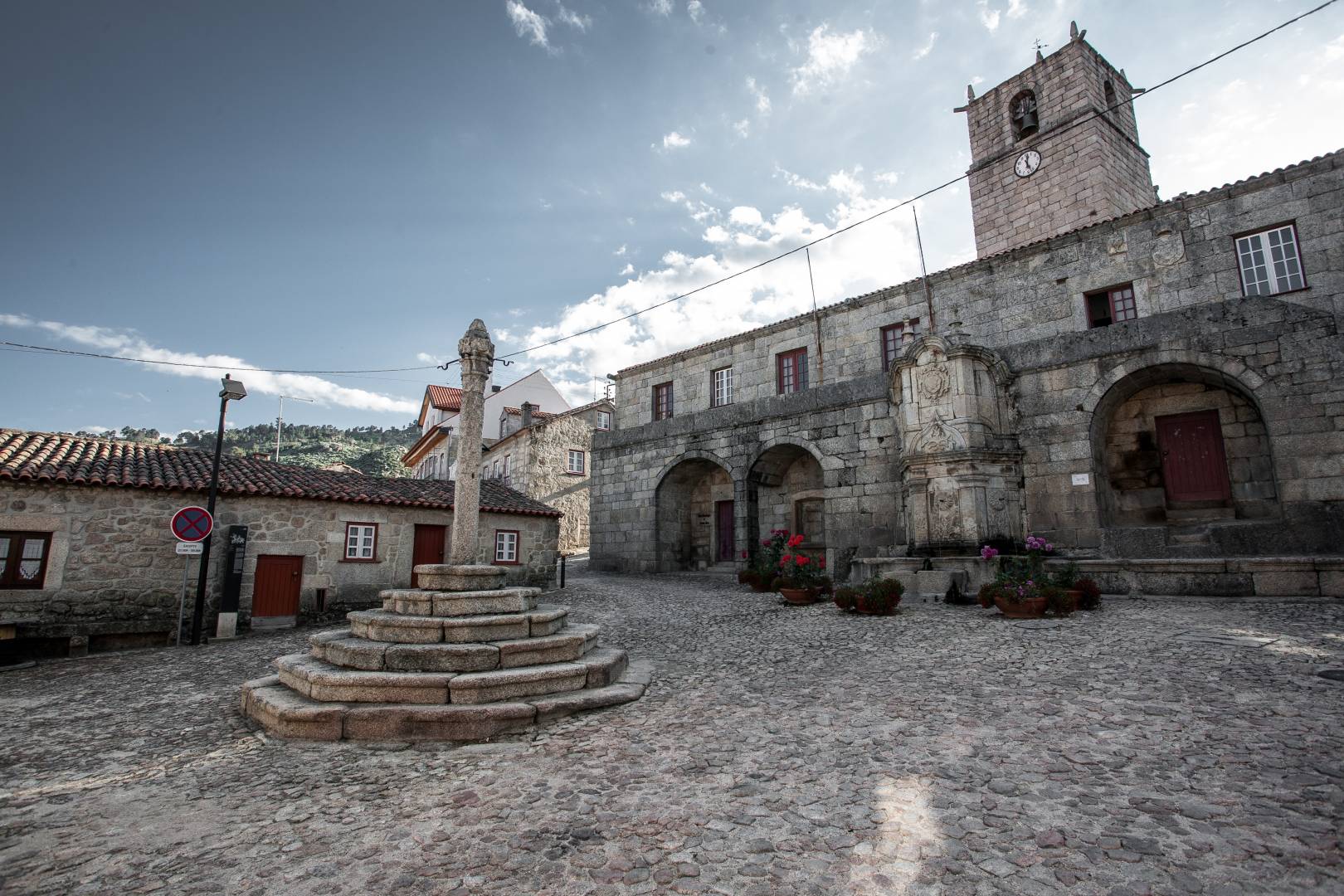
Follow the footsteps of elephant Solomon to reach Castelo Novo, near the slope of Serra da Gardunha. The picturesque and hospitable village provides a delightful journey into the past, with its manor houses and Manueline buildings. Pay attention to the noise of the water that follows the grooves of the Serra. Surprise yourself with the Lagariça, a wine press excavated in stone. Finally, climb to the ruins of the castle, 650 meters above sea level. The view is breathtaking!
Belmonte
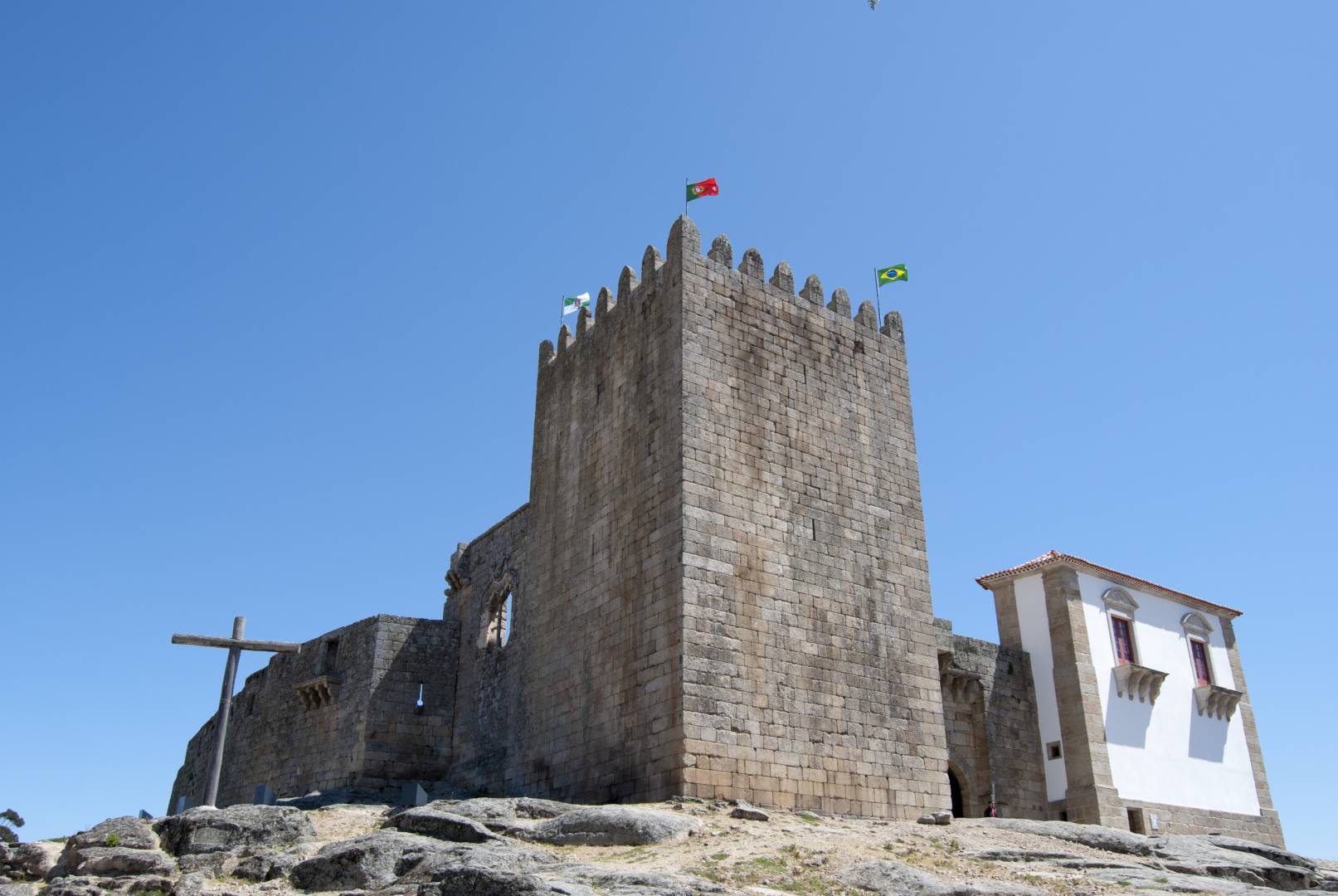
At the foothill of Serra da Estrela, Belmonte has been, for centuries, the refuge of Jews who have preserved their culture and traditions to this day. Relive history: get to know the ancient Jewry, and visit the Bet Eliahu Synagogue and the Jewish Museum. In the land where Pedro Álvares Cabral was born, navigator who discovered Brazil, a visit to the Museum of the Discoveries is also obligatory. And do not leave without first being moved by the Pietá, in the Church of S. Tiago, and the "architectural enigma" of Centum Cellas, just outside the town.
Sortelha

Despite the timelessness of his work, many of the sites referred to by Saramago are, in and of themselves, a journey into the past. The historical village of Sortelha seems frozen in time, with its narrow alleys and old stone houses, perfectly preserved. Climb to the 13th-century castle walls and delight in the view of Serra da Estrela. Among the stones of various sizes and shapes that populate the landscape, look for the "Cabeça da Velha" (Head of the Old Woman) and the "Beijo Eterno" (Eternal Kiss), authentic sculptures of Nature.
Cidadelhe

Following the path of Solomon, we arrive at Cidadelhe, "the heel of the world", in the words of José Saramago in "Journey to Portugal". The description is accurate and still current: "The village is all stone. Stones are the houses, stones are the streets. Many of these abodes are empty". Nevertheless, there are reasons to delay: the gastronomy, the hospitable people, the Pallium with more than 300 years exhibited in Casa-Forte, or the Núcleo de Arte Rupestre da Faia, in the Archaeological Park of the Côa.
Castelo Rodrigo
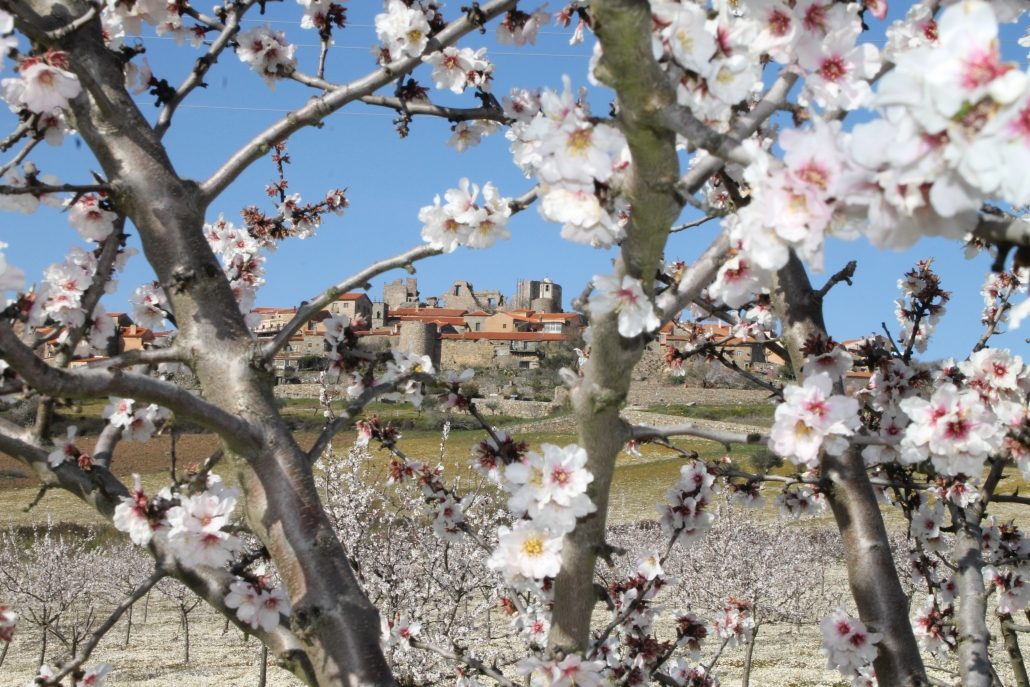
The last stop of Solomon, the elephant, in Portuguese lands was the charming village of Castelo Rodrigo, in the Guarda district. On a hill with stunning views of the Côa Valley, the village maintains an irresistible medieval charm. The welcoming people, the castle and the warm-coloured houses are an invitation to linger, or at least to return. The traveller's suggestion goes: "We must go back to the steps that have been taken, to repeat and to trace new paths alongside them. We must restart the journey. Always".
Recommended
